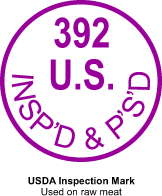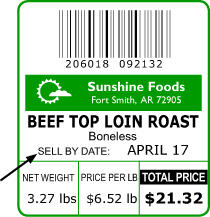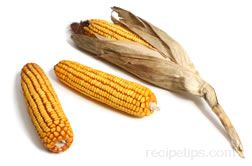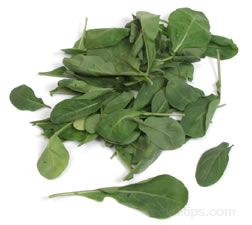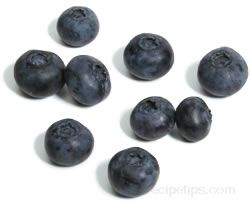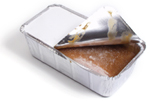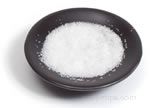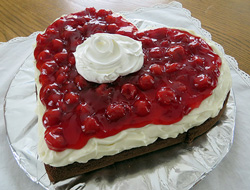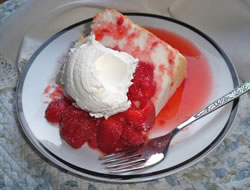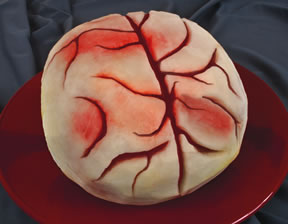Food Allergy Symptoms | Foods Causing Allergic Reactions
Intolerances Caused By Food | Gluten Allergies and Intolerances
| Food allergies are a growing problem, perhaps because previously undiagnosed maladies are now recognized as reactions caused by various foods. The immune system in the millions of people who have food allergies reacts adversely to a protein in certain foods, causing a range of symptoms. Food allergy symptoms vary among people, and the severity of the symptoms may range from mild to extreme. Some people may have a different level of symptoms every time the food is consumed, and one person may react in a totally different manner than another person who is allergic to the same food. |
|
Some common symptoms of food allergens are: nausea, vomiting, sweating, shortness of breath, diarrhea, low or high blood pressure, swelling of the tongue and throat, and skin reactions including itchiness, hives, and eczema. A severe or extreme degree of some of the symptoms, such as swelling of the tongue and throat and changes in blood pressure, can lead to an inability to breathe properly, resulting in unconsciousness and death. This extreme level of symptoms is known as anaphylaxis. Prompt medical attention in these cases is vital in order to save the person's life. Some people may be required to carry on their person at all times, an emergency injection of medication, which is designed to ease the symptoms in the event that the allergy causing protein is unknowingly consumed. There is no cure for food allergies, so the only way to prevent an allergic reaction from occurring is to avoid the food that causes the problem. It is extremely important to read food labels to: 1) ensure that a particular processed food item does not contain an ingredient that is a potential allergen, and, 2) ensure that a particular food has not been processed near other foods that are known allergens. |
Foods Causing Allergic Reactions
| Four to six times as many children have food allergies as adults. Shown below are eight foods that are responsible for 90% of the food allergies in humans. Four of the foods are responsible for most of the adverse reactions in adults and five foods are most often responsible for food allergies in children. | |
|
Peanuts (Adults and Children)
|
Tree Nuts (Adults)
|
|
Shellfish (Adults)
|
Fish (Adults)
|
|
Milk (Children)
|
Eggs (Children)
|
|
Wheat (Children)
|
Soy (Children)
|
| Unlike food allergies, which involve the immune system, food intolerances stem from the inability of the body to digest certain foods such as wheat (gluten intolerance) and milk (lactose intolerance). The most common symptoms of food intolerances are cramping and diarrhea. Food intolerance usually becomes worse with age, while a food allergy may lessen or occasionally disappear with age. |
Gluten Allergies and Intolerances
|
Besides breads and pasta, which are the most obvious foods containing gluten, there are many other products that may contain gluten that are not so obvious. Foods as varied as distilled vinegar to canned soups may contain gluten, so reading the label is very important to ensure that a product is gluten-free and has been processed in a gluten-free environment (even small traces of gluten contamination in a manufacturing environment can be transferred to other foods). Listed below are some of the not-so-obvious products that may contain gluten:
|
| Note: It is important to remember that many foods prepared in restaurants that contain gluten-free ingredients may be prepared next to or on the same surfaces as high-gluten foods, so gluten contamination may be possible. An example would be the use of a griddle for preparing a gluten-free food that is also used for cooking a high-gluten food, such as pancakes. If in doubt, it is best to ask when ordering certain foods in a restaurant. |












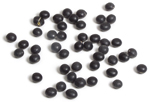
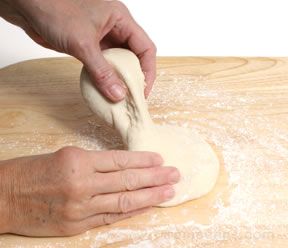 Gluten is the substance that gives dough its elasticity, strength, and makes the dough rise. Wheat has a high level of gluten. Some individuals have an allergic reaction or intolerance to gluten and therefore must not consume products containing gluten. Some non-gluten flours that can be safely consumed by gluten-intolerant individuals are rice (brown and white), potato, chickpea, quinoa, cornmeal, soy, sorghum, and buckwheat.
Gluten is the substance that gives dough its elasticity, strength, and makes the dough rise. Wheat has a high level of gluten. Some individuals have an allergic reaction or intolerance to gluten and therefore must not consume products containing gluten. Some non-gluten flours that can be safely consumed by gluten-intolerant individuals are rice (brown and white), potato, chickpea, quinoa, cornmeal, soy, sorghum, and buckwheat.